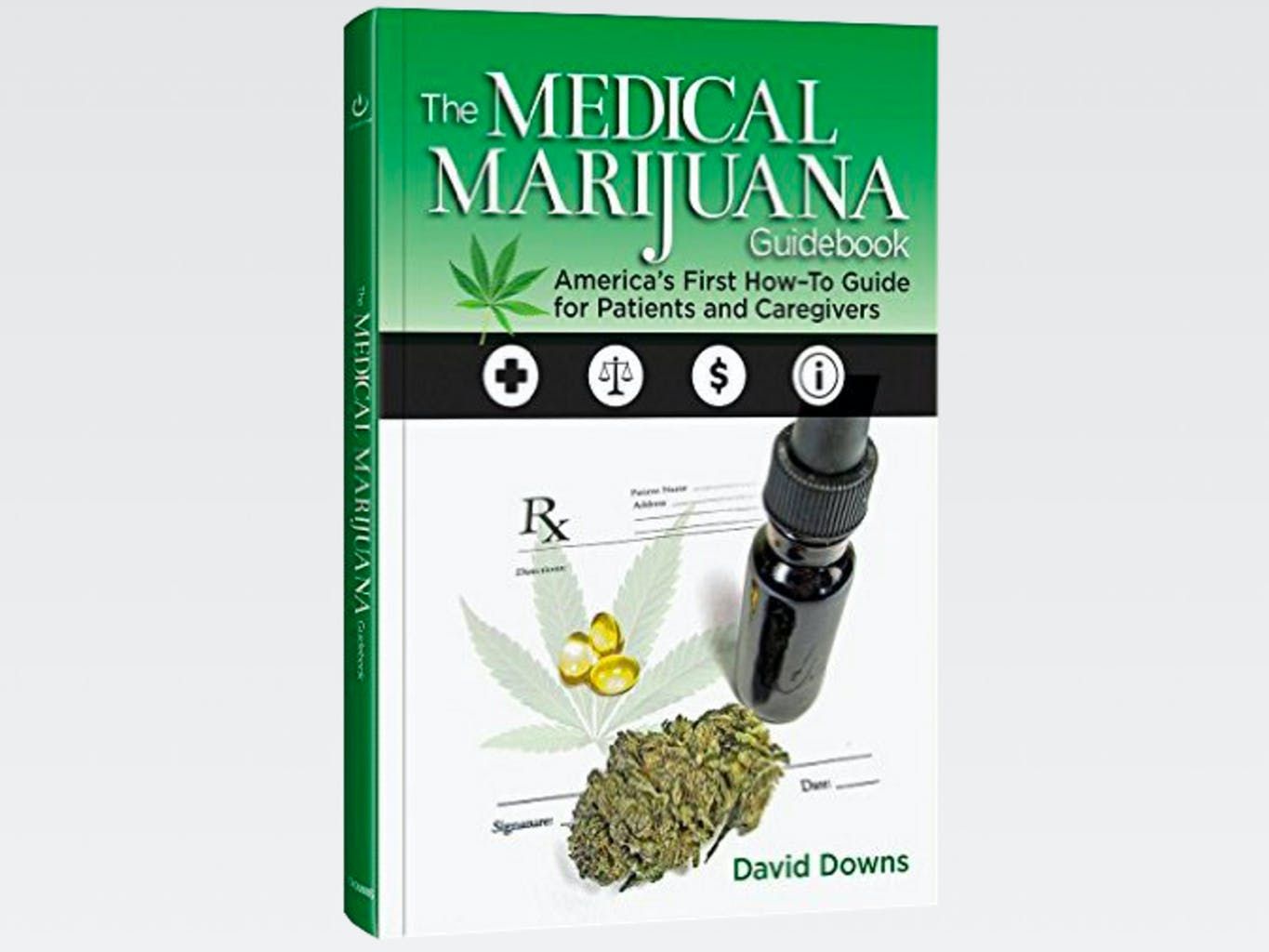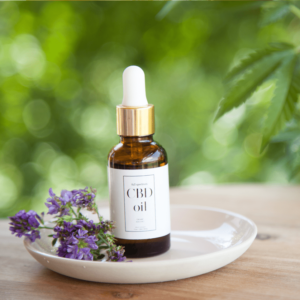HelloMD got the chance to speak with David Downs, an award winning journalist and the author of the new educational cannabis book The Medical Marijuana Guide Book: America’s First How-To Guide for Patients and Caregivers. David is an impressive journalist and his work has been published in publications ranging from the New York Times to Rolling Stone. He has become an industry leader in cannabis journalism and has particular insight into the rapidly changing marijuana industry across the country.
Why cannabis journalism?
As a freelance writer you always want to write something people want to read because that will keep you making money as a freelancer. At first, I thought that was going to be a lot of arts and science writing, but that turned out to be a lot of cannabis writing. People wanted to read about marijuana and publishers wanted to publish articles on cannabis. Between justice issues, drug policy, and politics in general, I had an interest in marijuana journalism. As a citizen, I wanted to know about where my tax money was going and what medical options were out there if I got sick. Also personally, I have family and friends who have found efficacy in medical marijuana. I think it all contributed to this career direction taking off for me.
Has your recent book launch been successful?
America’s readers are really responding to the title The Medical Marijuana Guide Book: America’s First How-To Guide for Patients and Caregivers. They are getting back to me with positive feedback. They are responding with statements like, “this is the book that every bud tender should read,” and, “I am going to give this to this hospice nurse I know.” The book is doing what it is suppose to do by answering questions people have about cannabis and helping them get on track to start helping themselves.
What prompted you to write a book about cannabis?
This book was requested by patients. I have spent a lot of time in private and in public, through my writing, answering the questions that I cover in the book, such as how to legally get marijuana and how to use it properly. After years and years of reporting on cannabis, I had a really good sense of what questions people had. I also knew what information was available in the form of books and what information was more questionable. This book was created for utilitarian purposes, I wanted to provide patients with a concise guidebook that condensed all of the information out there. Even though some of the information was just a Google click away, patients wanted that information condensed into a book that was short, factual, and loaded with references. I had been planning on self publishing, but then a publisher expressed their interest and they gave me a little money to help tie it all together.
Where do you source most of your information from?
It is a fallacy how few formal studies there are on issues like chronic pain, nausea, and vomiting compared to the amount of free clinical information on dozens of websites. There is a lot of information to draw from on sites like PubMed or from interviews, like those by Dr. Sanjay Gupta. A lot of the information comes from being in the industry and talking to patients about what products are out there and what works for them. I also talked to bud tenders because they talk to patients all day about what people should try or what has worked. In medical terms, it was a systematic review of what the patients felt before and an analysis of what they felt after they tried medical marijuana.
What’s your view on the future of cannabis in the US?
It seems like the tide has turned between government policies and medical options. It also seems that the opinion of people has already changed. People have more knowledge available to them now, and there has been a spread in the awareness of cannabinoid science. I think restrictions will lighten up to the point that people 21 and over will have access to cannabis in most places eventually. However, I was just reading about how the Philippines, which is a pretty modern country, and they have declared open season on all drug dealers and drug users. There has been over 2000 killings in the past two weeks because of this new declared War on Drugs. There is a spirit of prosecution, particularly of minorities and people of color, that is still very present in the world.
Will the War on Drugs lessen overall within the US?
I think there may be a decrease, just because of the costliness of the war on drugs, but there will probably be some movement to fight other drugs. The lawyers that currently fight against cannabis will move to another drug because that is what they do. There may also be a push for synthetic cannabinoids over selling marijuana in a whole plant form. We can see from alcohol prohibition that just banning something doesn’t reduce problems as was the idea with the war on drugs.
Do you see Big Pharma getting more involved with cannabis?
Yes, I think Big Pharma companies will try to get into synthetic cannabinoid therapies. For example, there is a synthetic THC called Marinol or Dronabinol, which is now generic and they can sell it for more than whole plant THC. Pharmaceutical companies will try to pursue single molecule therapies or ones that combine single molecules. Legal policies will likely support that because it is easier for the FDA to regulate these single molecule products. I see a parallel world of quasi-medical herbal wellness with recreational products and purely medical products that are basically just specified tinctures in a bottle. Creating these pharmaceutical products is a difficult process though. They made a synthetic cannabinoid called Rimonabant and it was a weightless pill that made you want to kill yourself. So, one of the first products they came out with using synthetic cannabinoids was basically an anti-marijuana. Marijuana makes you happy and hungry and this product made you loose your appetite and suicidal. It was eventually pulled off the market because of its psychiatric side effects that prompted suicidal thoughts.
Will cannabis ever go across state lines freely?
You can’t have the inter-state commerce until marijuana is made federally legal and you are looking at probably 10 or 15 years until that will likely happen. But right now, you do have people getting in their cars and driving to medical marijuana legal states to get the medicine they need. The idea behind drug control is uniformity. Prohibition provided uniformity, but the next step is to try uniformity with legalization. Uniformity in legalization is what we have with alcohol, which has worked well so far. We don’t have a crazy black market economy for alcohol like we currently see for cannabis and other drugs.
What’s your advice to people considering medical marijuana?
Don’t listen to your friends or family. Listen to a doctor, like Dr. Sanjay Gupta, who is an informed physician. Medical marijuana is such a personal thing because people don’t normally come to marijuana unless they are very very sick. Most people don’t encounter medical marijuana until they experience something calamitous, like a terminal illness, but the people that find the plant the hard way are often the plants biggest advocates.
Do you have questions about this article? Ask a question in HelloMD’s new Answers feature. A doctor or member of our community will answer.
If you are new to cannabis and want to learn more, take a look at our Cannabis 101 post. HelloMD can help you get your medical marijuana recommendation; it’s 100% online, private and efficient.






